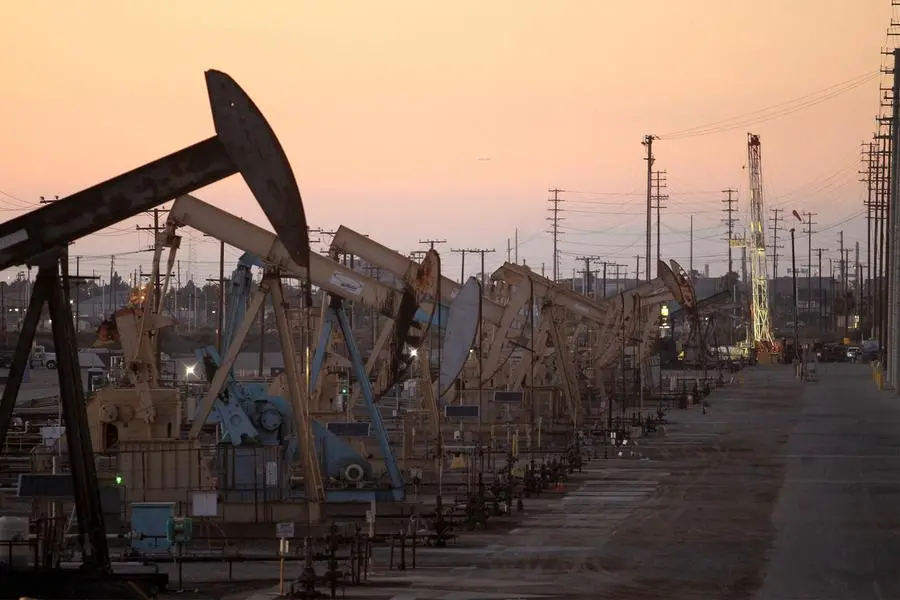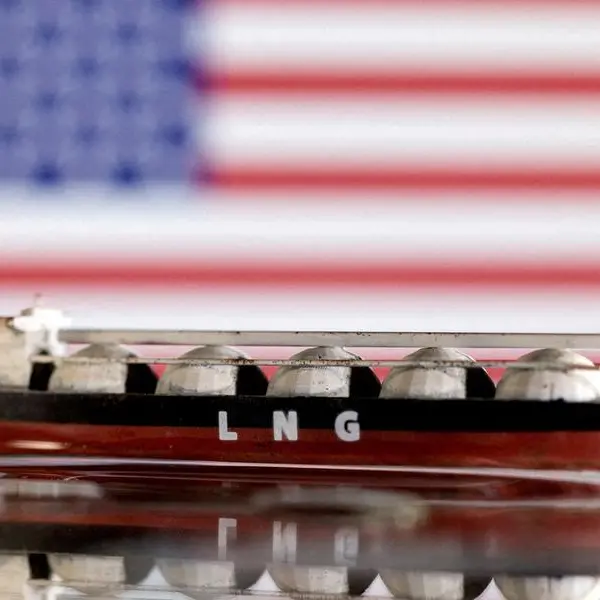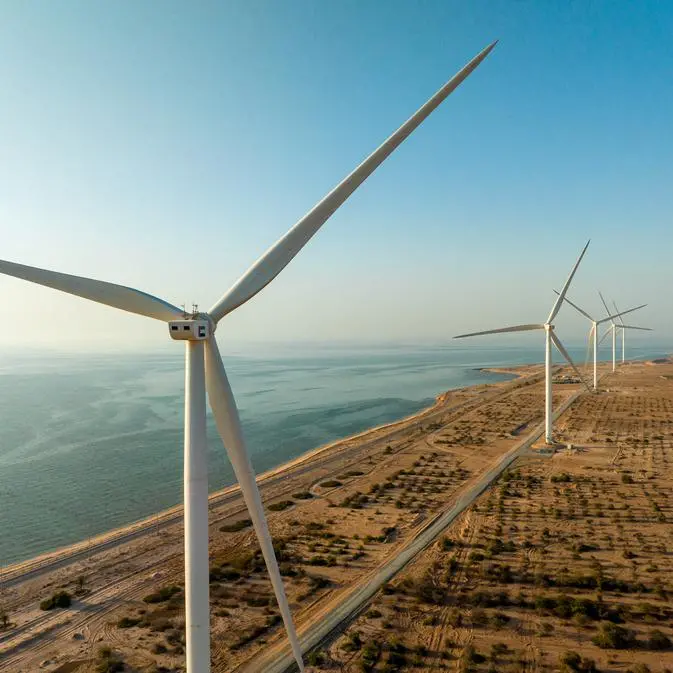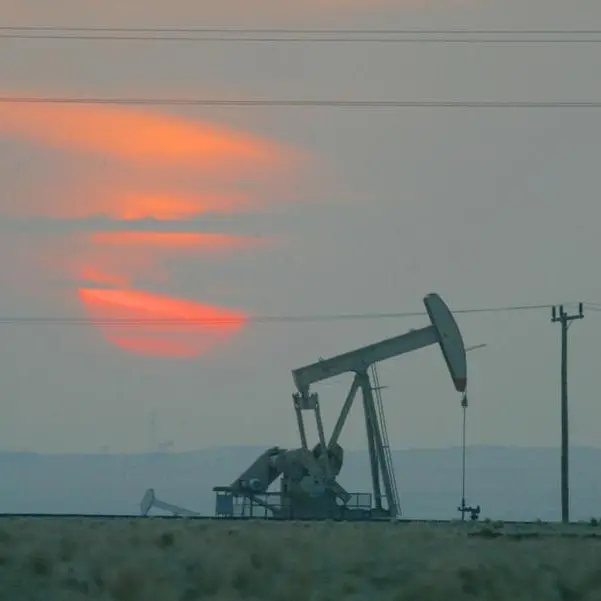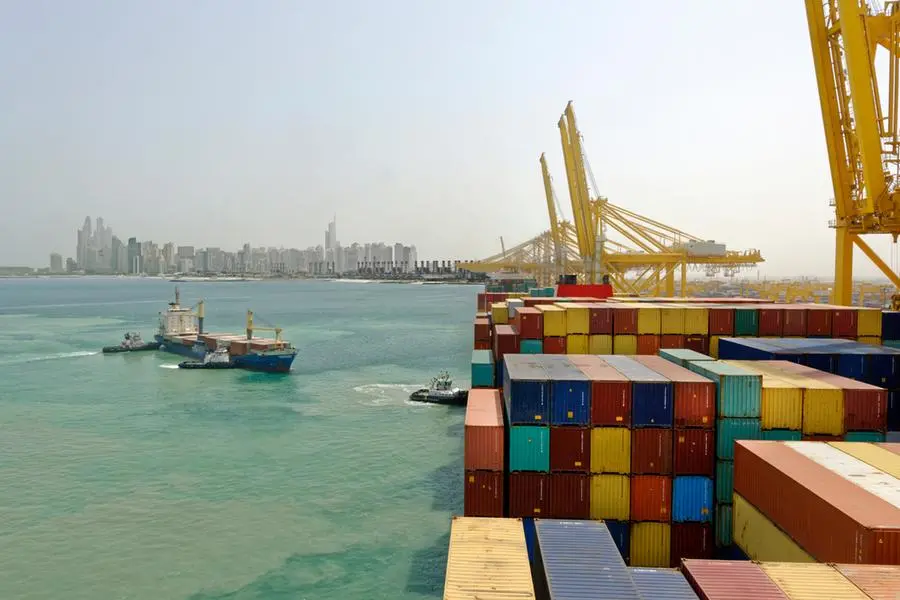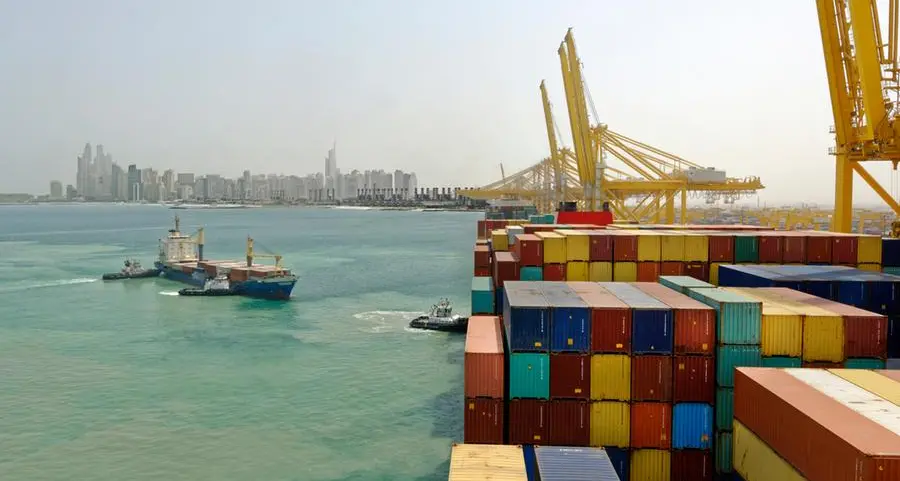PHOTO
FILE PHOTO: Oil rig pumpjacks, also known as thirsty birds, extract crude from the Wilmington Field oil deposits area near Long Beach, California July 30, 2013. REUTERS/David McNew/File Photo
Oil prices were steady on Thursday, recovering slightly from a multi-year low, though Brent was still below $70 under pressure from trade tariffs between the U.S., Canada, Mexico and China and OPEC+ plans to raise output.
Those factors and a larger than expected build in U.S. crude inventories had sent Brent as low as $68.33 on Wednesday, its weakest since December 2021. Brent futures were up 28 cents, or 0.4%, at $69.58 a barrel by 0957 GMT on Thursday while U.S. West Texas Intermediate crude futures gained 32 cents, or 0.5%, to $66.63.
"The US President's intention seems to be for a lower oil price," said John Evans at oil broker PVM, adding that questions remain around whether crude is being oversold.
Prices had fallen after the U.S. enacted tariffs on Canadian and Mexican goods, including energy imports, at the same time major producers decided to raise output quotas for the first time since 2022.
Oil recovered and stabilised somewhat after the U.S. said it will make automakers exempt from the 25% tariffs.
A source familiar with the discussions said that U.S. President Donald Trump could eliminate the 10% tariff on Canadian energy imports, such as crude oil and gasoline, that comply with existing trade agreements.
"Trump's trade measures are threatening to reduce global energy demand and disrupt trade flows in the global oil market," ANZ commodity strategist Daniel Hynes said in a note.
The OPEC+ producer group, comprising the Organization of the Petroleum Exporting Countries and allies including Russia, decided on Monday to increase output for the first time since 2022.
The resulting retreat in prices was then exacerbated on Wednesday by a rise in U.S. crude inventories, said ANZ's Hynes.
Crude stockpiles in the U.S., the world's biggest oil consumer, rose more than expected last week, buoyed by seasonal refinery maintenance, while gasoline and distillate inventories fell because of a hike in exports, the Energy Information Administration said on Wednesday.
There are further signs of weakness in American oil demand, with U.S. waterborne crude oil imports dropping to a four-year low in February, driven by a fall in Canadian barrels shipped to the East Coast, ship tracking data shows. Demand was subdued by refinery maintenance including a long turnaround at the largest plant in the region.
Tariffs also remain in effect on U.S. imports of Mexican crude, a smaller supply stream than Canadian crude but an important one for U.S. refineries on the Gulf Coast.
Meanwhile, Chinese officials have flagged that more stimulus is possible if economic growth slows, seeking to support consumption and cushion the impact of an escalating trade war with the United States.
(Reporting by Paul Carsten in London, Siyi Liu in Singapore and Georgina McCartney in Houston Editing by David Goodman)
